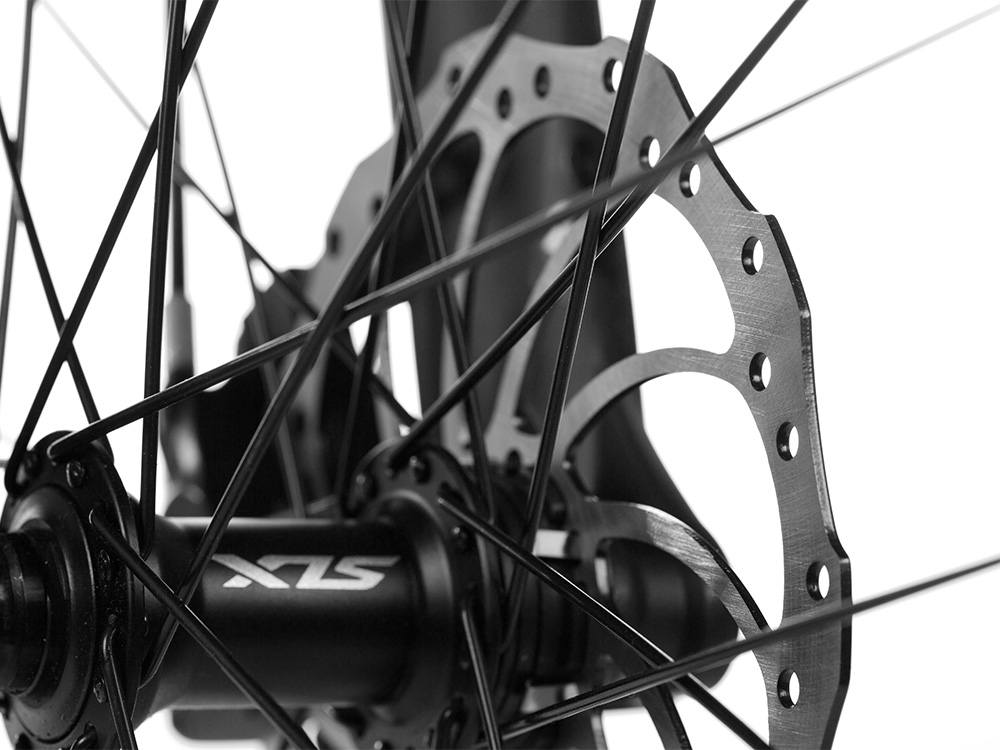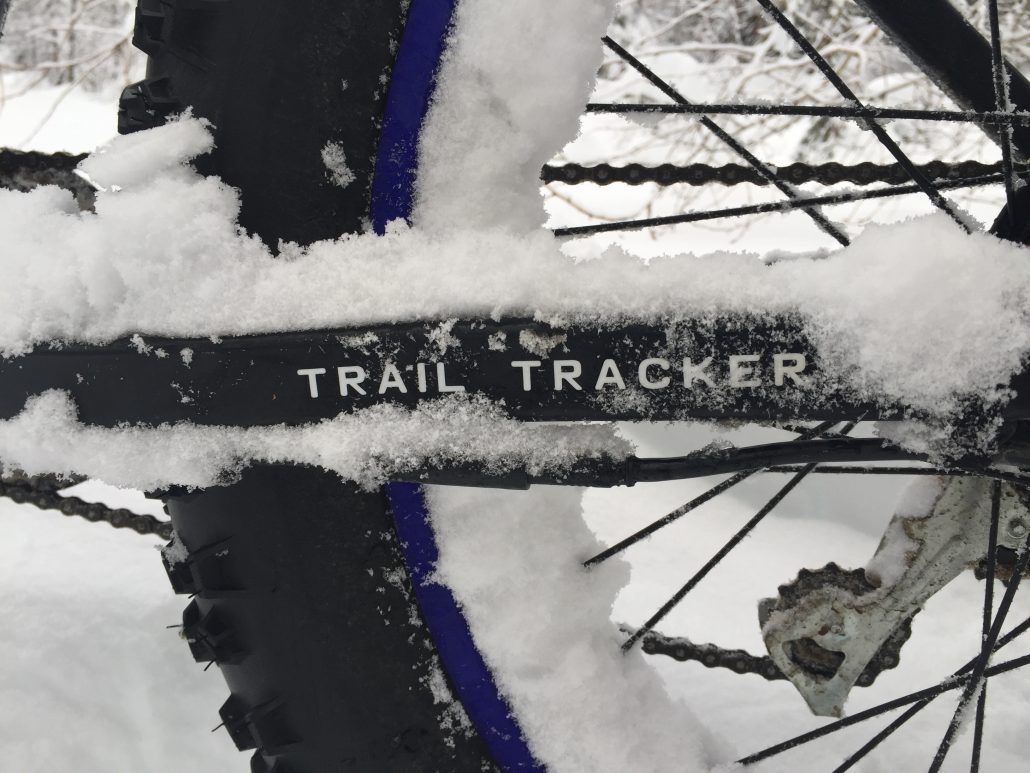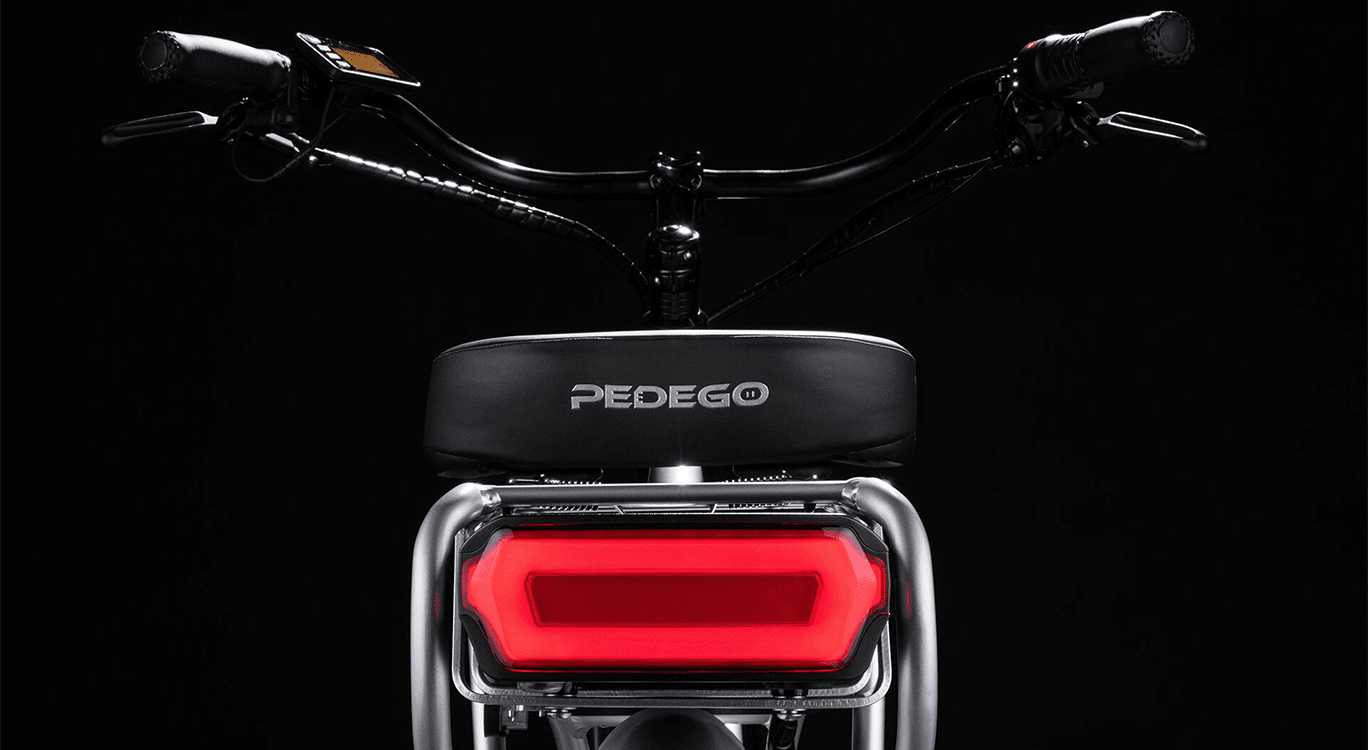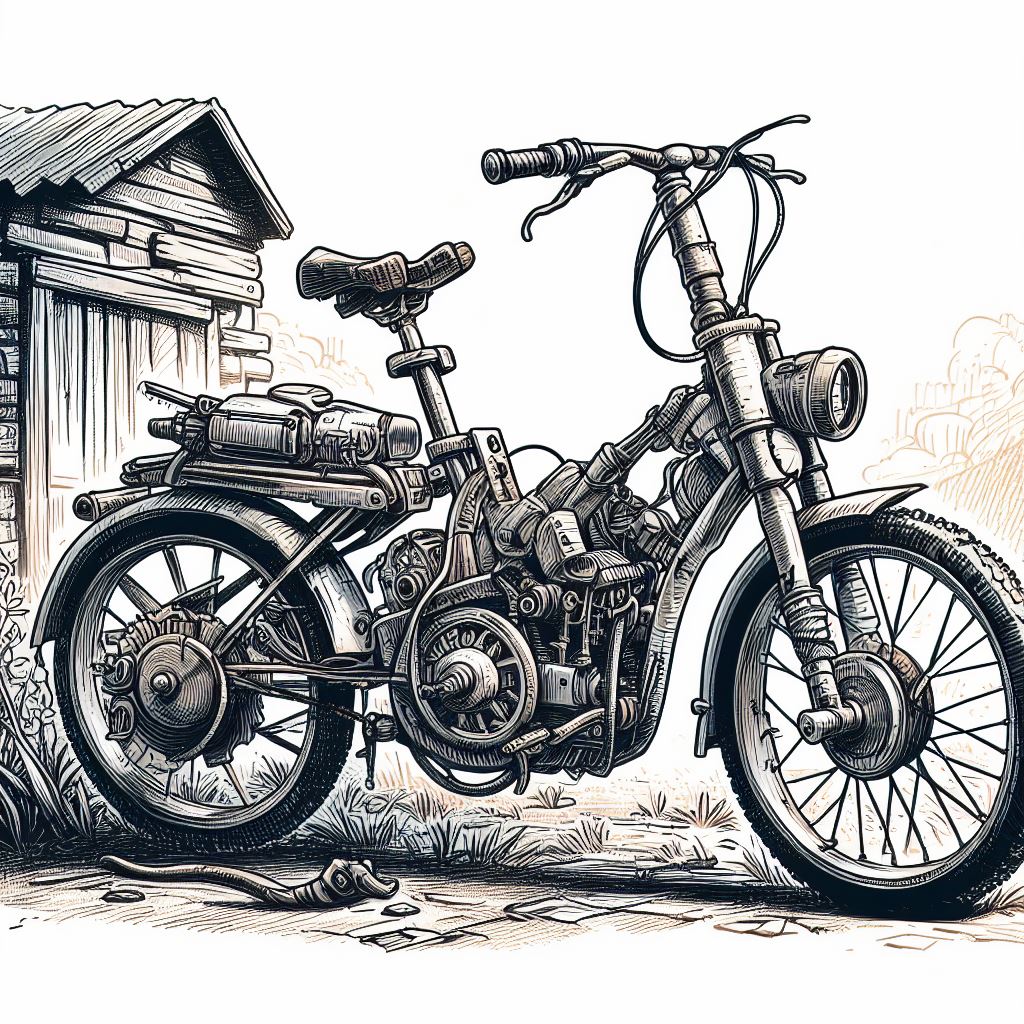Electric Bike Braking Techniques

Bicycle brakes are important for speed control and stopping. We’re going to help you learn how to use them most effectively and safely. You can also have more fun when your riding aligns with your brakes!
Most of your braking power is in your front brake, about 70 to 80 per cent. This is because as you brake, the weight transfers to the front wheel and lessens on the back wheel. For the most efficient braking, you should always apply both brakes at the same time. Your left brake controls the front wheel while the right brake controls the rear wheel.
Where there isn’t a chance of skidding due to road conditions, you can apply the front brake more strongly to stop very quickly. Where there is a chance of skidding, it can be better to apply more back brake to avoid the front wheel slipping out. A back-wheel slide is much easier to control than a front wheel slipping out!
Also, if you only apply your front brake it can end up with you flying over the handlebars (an “endo”). While some people do that for fun, it’s generally not recommended!
Braking from high speed or coming down steep hills can be a complex skill and nothing beats practice. Some tips are: Avoid dragging your brakes for long descents as it can heat up the rotor. Feather your brakes on and off instead. Also, consider your body position. When braking downhill, you may want to shift your weight further back. While cornering, brake before you enter instead of while you are rounding the bend as it helps you maintain best traction.
As with cars, defensive driving/riding is the most important skill; be aware of potential risks and slow down in anticipation. Never go faster than you feel comfortable.
Winter Braking Techniques
Winter riding is a whole other ballgame; we ride with studded tires here at Pedego Canada which enables braking more safely in icy conditions. However, with skill, it is possible to safely ride non-studded tires in winter. Fat tire bikes with low-pressure tires are used a lot in winter to give better grip.
Braking is definitely more of an “art” in winter and skills like feathering the brakes in a slide come into play. Brake slowly and give yourself lots of time – double what you would on a clear summer day.
Also, be aware that in winter, your brakes could more easily become dirty or wet. Be more aware of keeping up on maintenance.

Different types of brakes
There are two types of disc brakes depending on your type of Pedego: mechanical or hydraulic.
The key difference between mechanical and hydraulic disc brakes is how the force applied at the brake lever is transferred to the brake unit.
Mechanical brakes have a cable running from your brake lever to the brake, so when you press on the brake lever the cable mechanically forces the brake pads to clamp on the rotor.
Hydraulic brakes have a tube filled with oil running from the brake lever to the brake, so the fluid pressure increases as you touch the lever and that pushes the brake pads together.
People tend to find hydraulic brakes more sensitive than mechanical disc brakes i.e. they typically require less force to achieve same amount of braking. Ask your local dealer which brake type each Pedego model has, or ride different models and brake repetitively to feel the difference.
For more info on maintaining your brakes see https://pedegoelectricbikes.ca/electric-bike-brakes-tutorial/




